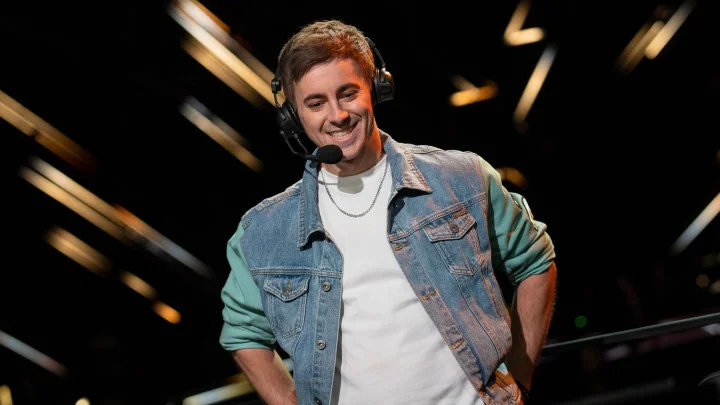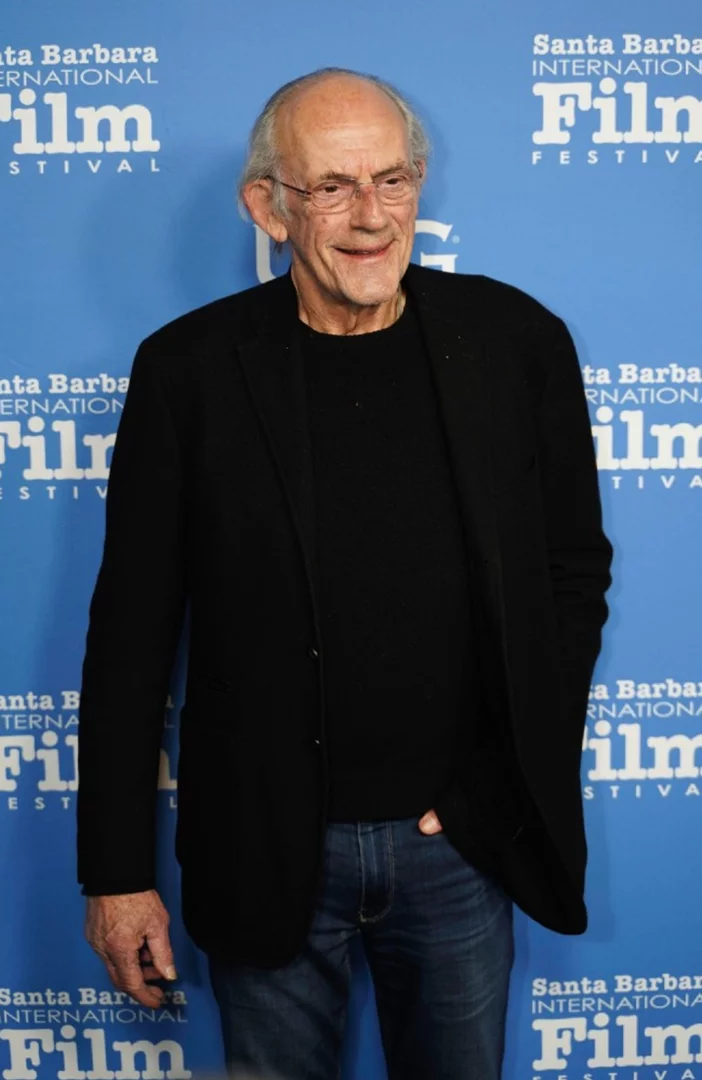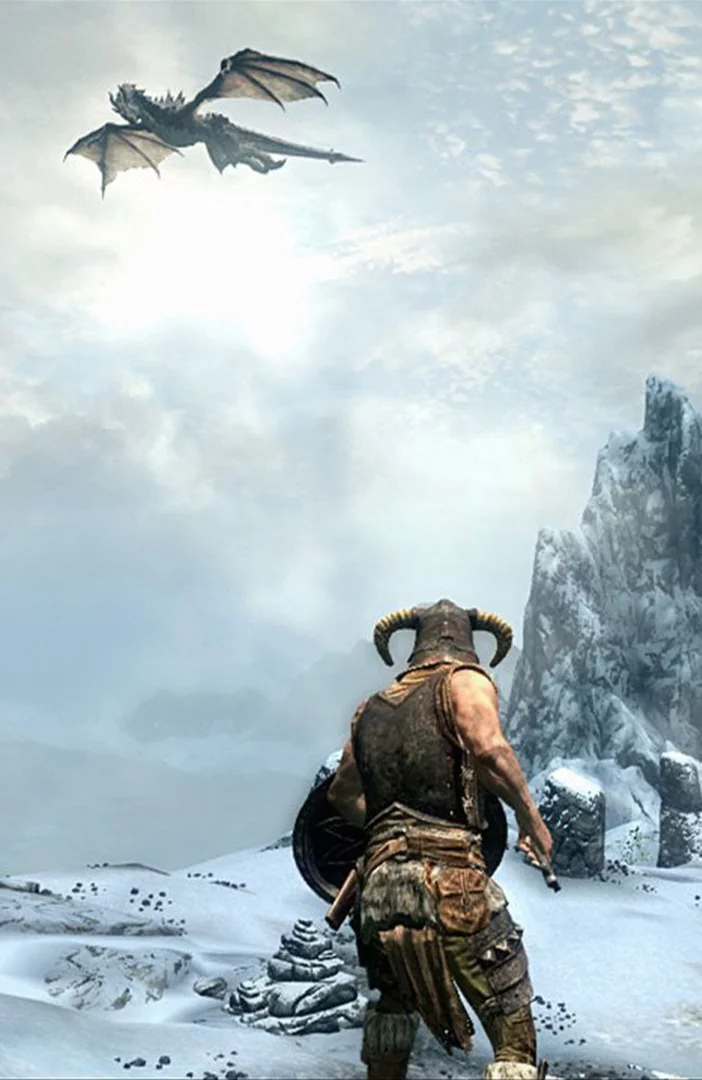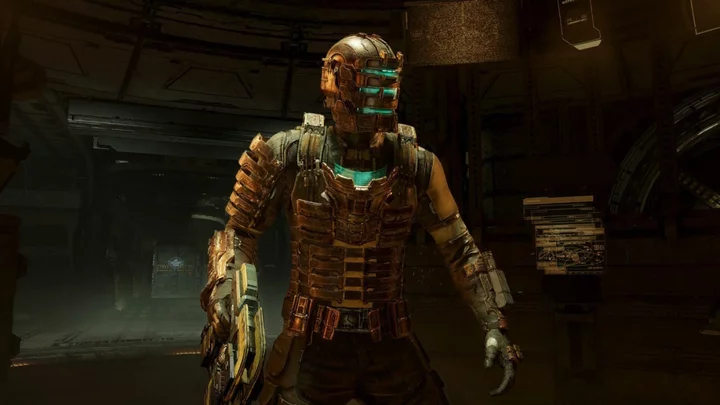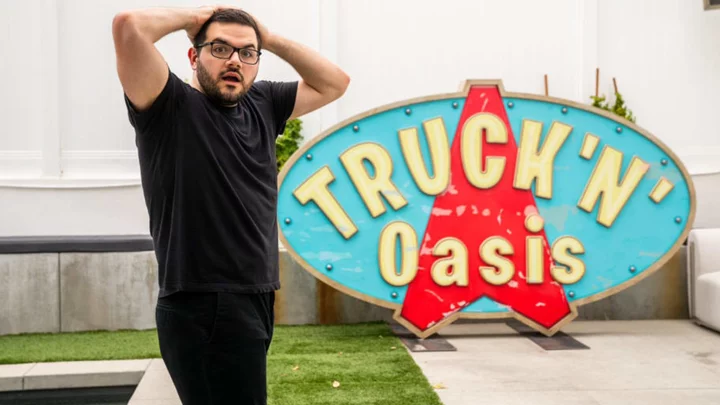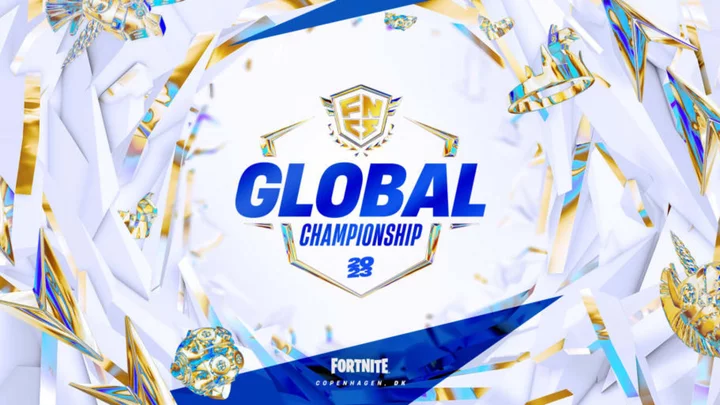In March 2020, a month in which the World Health Organization declared COVID-19 a pandemic and U.S. states began to shut down to prevent its spread, Sean Gares said that's when he first recalled falling in love with Valorant.
Gares, a CS:GO professional turned Valorant caster and analyst turned head coach for 100 Thieves, was working as a commentator for a Flashpoint event when he decided to give the Riot Games tactical shooter a shot.
"I just felt uncomfortable going into the studio because it was the start of COVID," Gares told DBLTAP. "So I was like, 'You guys, like I'm not coming into the studio anymore to do Flashpoint. I'll do remote stuff if necessary.' I happened to play Valorant like on the last day of alpha, and I was like, 'This game is the truth. This is the future.'"
Before long, Gares soon became increasingly involved with Valorant, playing it on stream and competing in content creator tournaments before establishing himself as a staple part of Riot's official broadcasts.
"I just made a huge risk," Gares said, "and I just was like, âYou know what, I'm just gonna start streaming Valorant like full time and if stuff happens, it happens.' I loved the tactical side of the game from the get-go. The idea of being able to combo abilities in addition to the FPS aspects like CS. I just fell in love, and I don't think any of that has changed. I'm still equally as amazed when I see some kind of play that a team runs where like four people throw utility at like perfect timings and then some guy's able to capitalize by hitting like three flick headshots.
"It's just so cool. It's so different from like a CS player perspective, and that's what really drew me in. I'm still right where I was from the get go. I love seeing that kind of stuff."
In April 2022, Riot announced its plans to turn Valorant into a "multigenerational sport in 2023 and beyond."
The most drastic proposed change is that after the conclusion of the 2022 VCT circuit, the plan is for Riot to introduce three new premier-level, international leagues that will include teams from multiple regions based on geographical proximity.
With roughly 15+ big-name esports organizations and a fledgling Valorant pro scene dedicated to the title in North America at the moment, there does seem to be a concern within the community as to how franchising would limit the number of spots North American players would be able to occupy in a league shared with Latin America and Brazil.
Nevertheless, Gares explained that based on the trajectory of Valorant over these two years, he believes the future is bright for the game and its community.
"In three years, we're gonna look back at today and be like, 'Wow, the game was so small back then.' Especially when the China scene gets developed. All of those areas that weren't available really in Counter-Strike early on are now up for grabs in Valorant. And they're like getting in on the ground floor and they're also good. Their teams seem to be thriving and getting better at every tournament. Like Zeta Division coming up big. DRX coming up big lately. There's just so many teams, like, from the entire Asian region, that are playing really well. The Turkish sceneâs insane, there's a big scene in Australia already.
"It's everywhere. The game is everywhere. And I think, because we're still early on in the game's lifespan, [in] three years, the game is definitely gonna be bigger. It would take something like so crazy, I feel like for Valorant to shrink in three years. So I would bet the house that it's bigger in three years than it is today."
For more 2022 VCT coverage, feel free to check out:

